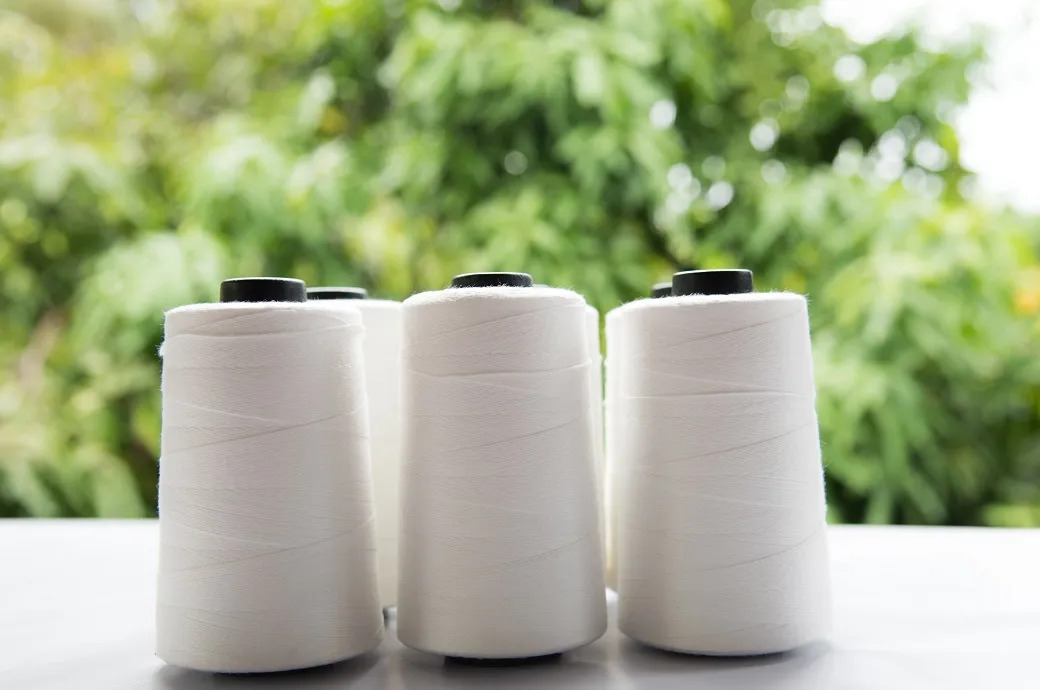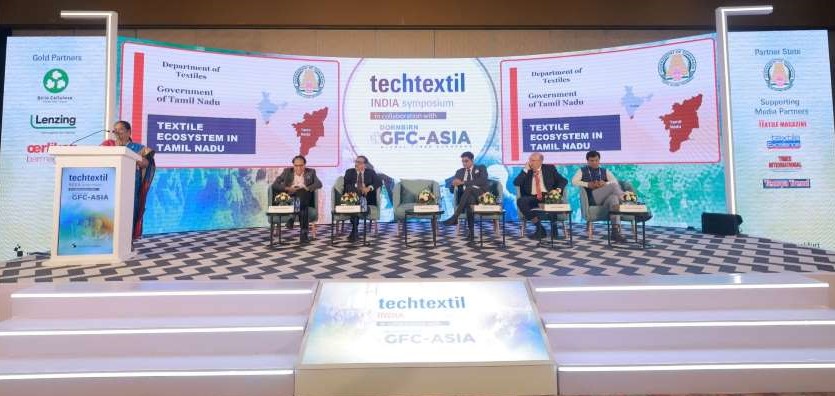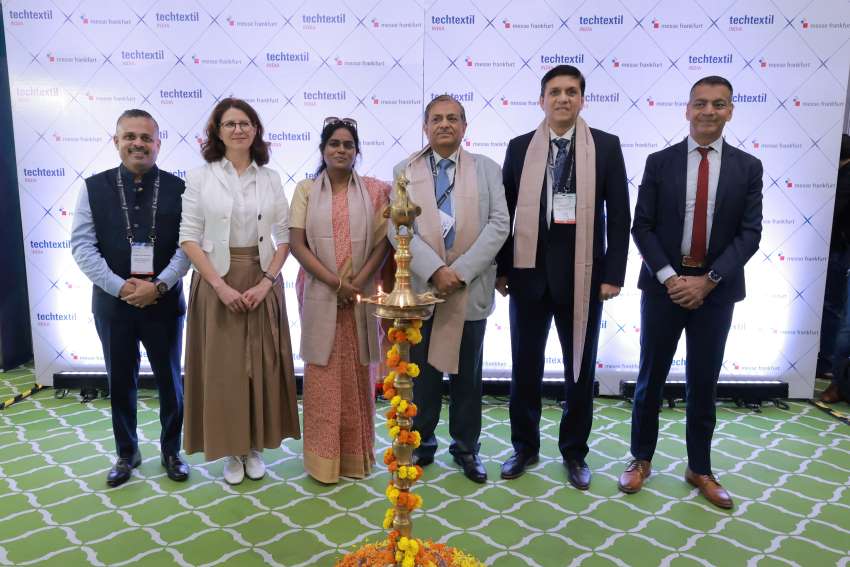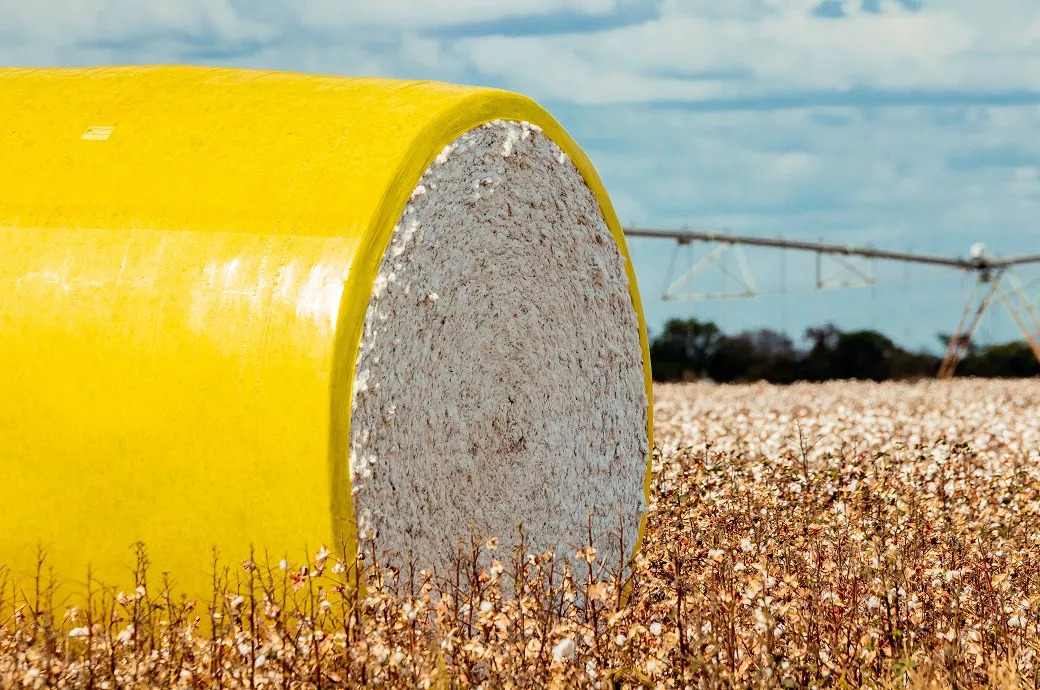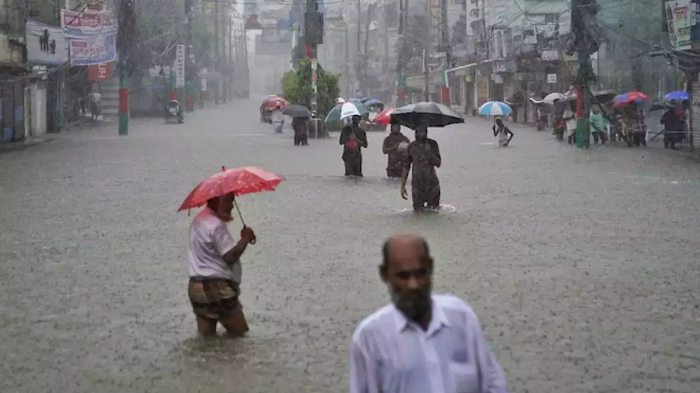
A wave of imported apparel is causing growing anxiety among India’s domestic clothing manufacturers. Industry leaders and trade associations are sounding the alarm as foreign-made garments, particularly from China, Vietnam, Bangladesh, and Sri Lanka, increasingly capture the Indian market.
Rising apparel imports a concern
Data from the Indian Texpreneurs Federation (ITF) reveals. India imported $1.08 billion worth of clothing between April and November 2024. Projections indicate this figure could reach $1.58 billion by the end of the 2024-2025 fiscal year.
Table: India's apparel imports ($ mn)
|
Year |
Value |
|
2021-2022 |
850 |
|
2022-2023 |
920 |
|
2023-2024 |
1,010 |
|
2024-2025 (projected) |
1,580 |
Source: Indian Texpreneurs Federation (ITF)
"This trend is deeply concerning," says Prabhu Dhamodharan, convenor of the ITF. "Our domestic manufacturers have the capacity and the expertise to meet the demands of the Indian consumer. These imports are not only impacting our industry's growth but also hindering job creation."
Table: Categorywise imports
Category Value ($million) Cotton Clothing 513 Synthetic Clothing 375 Knitted Clothing 420 Woven Clothing 529 Total 1,080
There are several reasons for the growth of imported apparels. Pricing is a major reason. Foreign manufacturers, particularly those in China and Bangladesh, often offer lower prices due to cheaper labor costs and economies of scale. International brands often bring a wider variety of styles and faster adaptation to global fashion trends, which can be appealing to Indian consumers. Another important factor is some consumers perceive imported clothing, especially from certain brands, as being of superior quality.
Share of imports by country
Preliminary estimates from the ITF suggest China leads in import share followed by Vietnam and Bangladesh.
Table: Imports by country (April-Nov 2024)
|
Category |
Value ($million) |
|
Cotton Clothing |
513 |
|
Synthetic Clothing |
375 |
|
Knitted Clothing |
420 |
|
Woven Clothing |
529 |
|
Total |
1,080 |
The influx of imported apparel poses several challenges for Indian manufacturers. It leads to loss of market share. Domestic companies face higher competition, leading to potential job losses and factory closures. Also uncertainty in the market may discourage investment in new technology and expansion, hindering the industry's long-term growth. And to compete with cheaper imports, domestic manufacturers may be forced to lower their prices, impacting profits.
Industry leaders stress the need for collaborative action to address this challenge. Dhamodharan emphasizes the importance of stronger partnerships between domestic manufacturers and retailers. "Indian manufacturers have a robust manufacturing base and can efficiently align with retailer expectations," he says. "By working together, we can create strong supply chains that reduce our reliance on imports and boost domestic manufacturing." Experts suggest several policy measures to support the domestic apparel industry. One way is by increasing import duties as higher tariffs on imported clothing could make them less price-competitive. Promote ‘Made in India’ campaigns and encourage consumer patriotism and highlight the quality of Indian-made apparel. Streamline regulations, reducing bureaucratic hurdles and creating a more conducive environment for domestic manufacturing are the other ways to intervene. Invest in skill development and enhance the skills of the Indian workforce to improve productivity and competitiveness.
In fact, the Indian footwear industry offers a compelling example of how government initiatives and industry collaboration can effectively curb imports and boost domestic production. Through focused efforts like the ‘Make in India’ campaign and the Footwear Design and Development Institute (FDDI), the industry has significantly reduced its reliance on imports and strengthened its global competitiveness.
The moot point is that rising apparel imports are a challenge for India’s domestic clothing industry. Addressing this issue requires a multi-pronged approach, including policy interventions, industry collaboration, and a renewed focus on promoting the quality and value of Indian-made garments. By taking decisive action, India can ensure the continued growth and success of its vibrant apparel manufacturing sector.

